Description
Automatic Strainer Control Systems
Automatic strainers require a control package and we offer three basic versions, each of which can be further customized for all stainless steel wetted parts, explosion-proof components and optional control methods.
ACS-1 Control Package (base package): NEMA 4 panel box with adjustable timer, differential pressure override, 10 Amp control relay for backwash valve activation, “Power On”, “Backwash Cycle On”, “High Differential Pressure” indicator lights, selector switch to manually control the backwash valve and contact terminals for motor starter and external alarm. 120 Volt, 1 Phase, 60 Hz motor.
A single element differential pressure switch having aluminum wetted components activates the cleaning cycle. Dual element switches are available as an option to activate an additional alarm signal.
2” through 16” strainers, have electrically actuated standard port ball valves with a brass body, 316 SS ball & stem, TF seats and seals and threaded connections. 18” through 24” strainers have flanged valves with a carbon steel body, ball & stem and TFE seats & seals. Electric actuators are NEMA 4 watertight enclosures operated from a signal from the control panel. Pneumatically actuated valves with NEMA 4 pilot solenoid are also available.
ACS-2 Control Package includes a motor starter in the NEMA 4 panel box in addition to the ACS-1 control package.
ACS-3 Control Package is for 460 Volt, 3 Phase, 60 Hz motors, includes a control voltage transformer and a motor starter in the NEMA 4 panel box in addition to the standard features of the ACS-1 package.
AUTOMATIC STRAINER FEATURES:
• Designed and constructed in accordance with ASME Section VIII, Division 1.
• ASME Code Stamp is available.
• Seismic qualification is also available.
• Unique quad shaft seal ensures that no process media leaks down the sides of the strainer.
• The motor, gear reducer, cover, and complete internal operating mechanism lift off as a unit, making all components easily accessible.
• Only a small portion of system flow is used during backwash due to the efficient hydraulic design.
• Zero Bypass of Contaminants because element caps are epoxy sealed to screen media.
• The cover O-ring permits resealing without time-consuming gasket replacements and adjustment.
• Manual override is a standard feature.
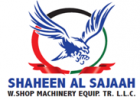
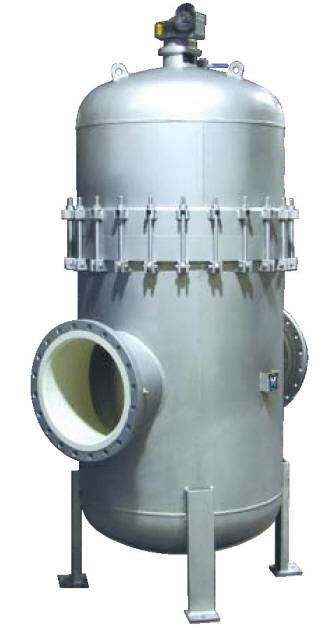
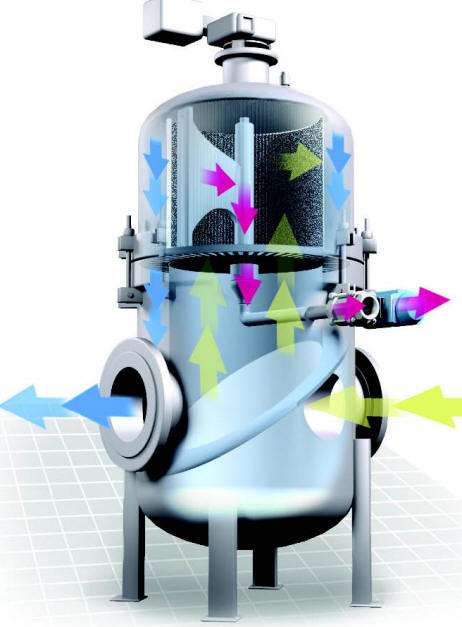
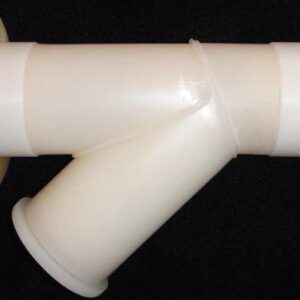

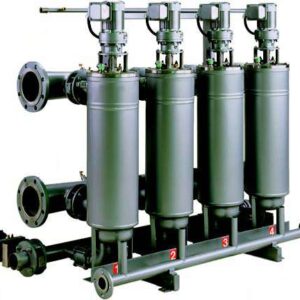
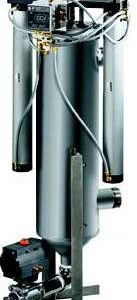

Reviews
There are no reviews yet.